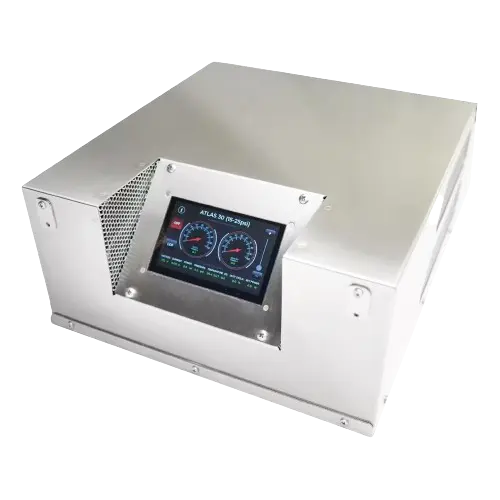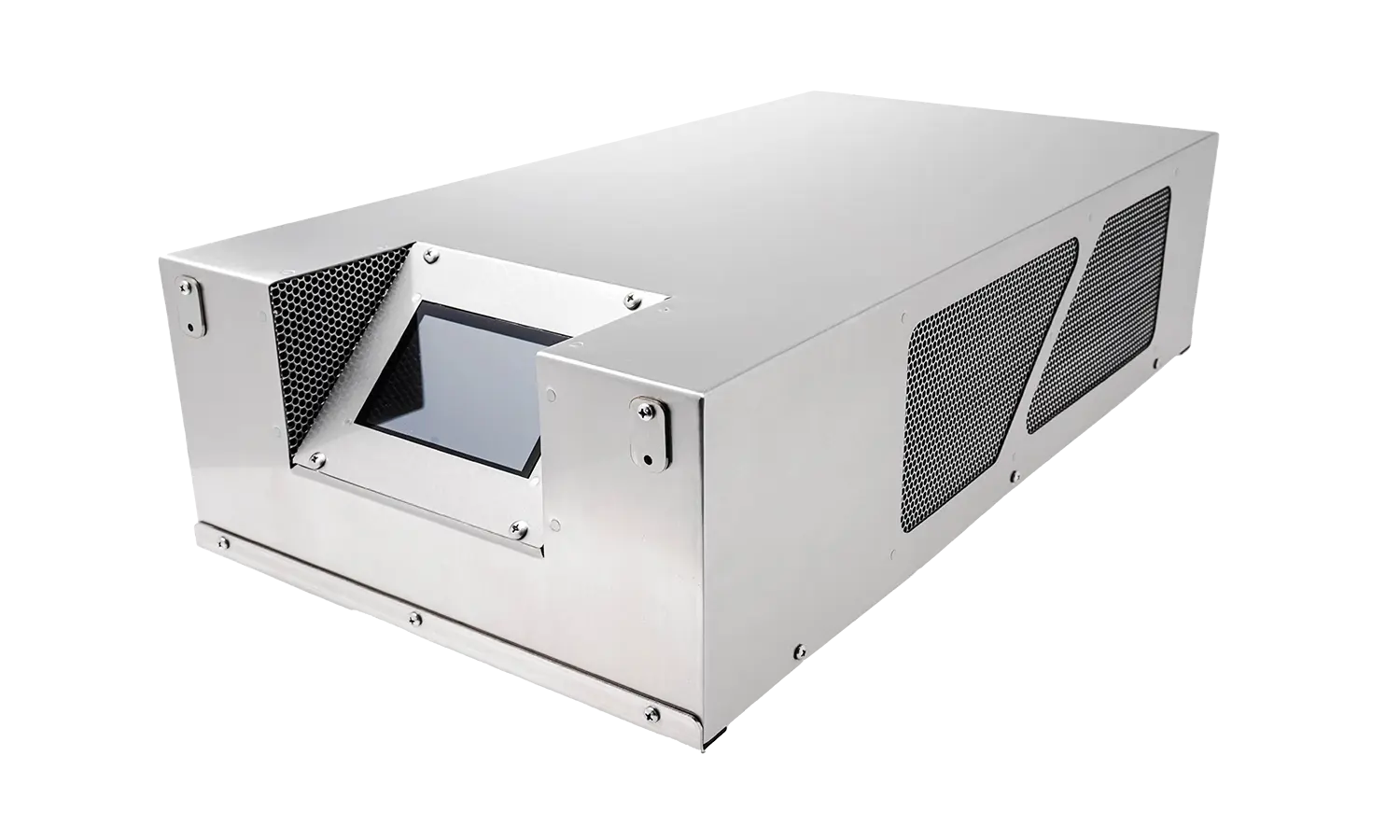Ozone Library
Response of hydroponic tomato to daily applications of aqueous ozone via drip irrigation

The article “Response of Hydroponic Tomato to Daily Applications of Aqueous Ozone via Drip Irrigation (Graham, Thomas, et al.)” explores the impact of aqueous ozone on hydroponic tomato production. The study aimed to determine if aqueous ozone impacts tomato productivity when applied directly to a mineral wool growth substrate via drip irrigation. The research found that at the highest aqueous ozone treatment level (3.0 mg L−1), there were significant increases in leaf area, shoot dry matter, and stem thickness in hydroponic tomato plants. However, all treatments had no differences regarding net CO2 assimilation rate, stomatal conductance, internal leaf CO2 concentration, chlorophyll content index, and fruit production. Additionally, both ozone treatments resulted in a reduction in algae prevalence on the substrate surface.
The study investigated the impact of aqueous ozone on hydroponic tomato production, specifically focusing on leaf area development, shoot dry matter accumulation, and other growth parameters. The results indicated that the highest aqueous ozone treatment level (3.0 mg L−1) significantly increased leaf area and shoot dry matter accumulation. However, the stimulatory effect on shoot dry matter was only significant during the study’s first phase and was not sustained by the final harvest period. The study also found that there were no sustained significant differences in net CO2 assimilation rate, stomatal conductance, or internal leaf CO2 concentration in any of the ozone treatments applied. Additionally, the research revealed a reduction in algae prevalence on the mineral wool substrate with both ozone treatments. The study also discussed dissolved oxygen and aqueous ozone persistence and the potential benefits of using ozone in greenhouse irrigation management. The results suggest that aqueous ozone can positively impact certain growth parameters in hydroponic tomato production, particularly at higher concentrations.
In conclusion, the study provides valuable insights into the impact of aqueous ozone on hydroponic tomato production and suggests that retaining residual ozone in the irrigation solution can benefit plant productivity and irrigation system maintenance.





